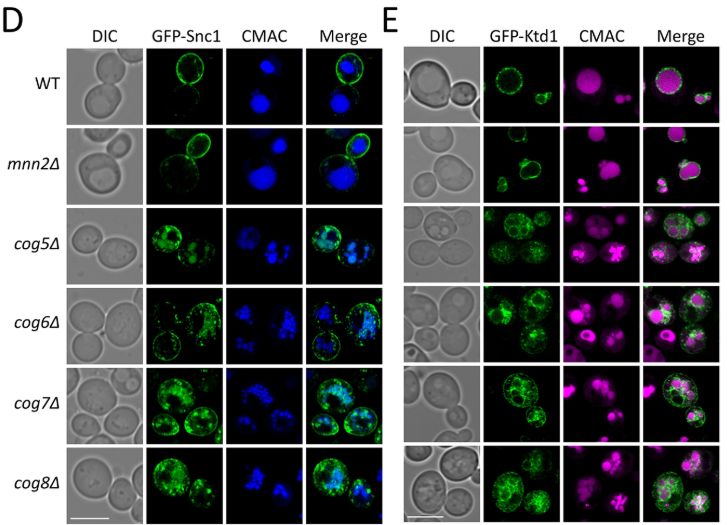sites.google.com/berkeley.edu...


sites.google.com/berkeley.edu...
www.biorxiv.org/content/10.1...

www.biorxiv.org/content/10.1...
www.nature.com/articles/s41...

www.nature.com/articles/s41...
EUCLID: …thus, there does not exist a rational number whose square is equal to 2.
HIPPOCRATES: [grumbling] I fail to see the clinical relevance of any of this
EUCLID: …thus, there does not exist a rational number whose square is equal to 2.
HIPPOCRATES: [grumbling] I fail to see the clinical relevance of any of this


journals.biologists.com/jcs/article/...
Article: journals.biologists.com/jcs/article/...

journals.biologists.com/jcs/article/...
Article: journals.biologists.com/jcs/article/...

